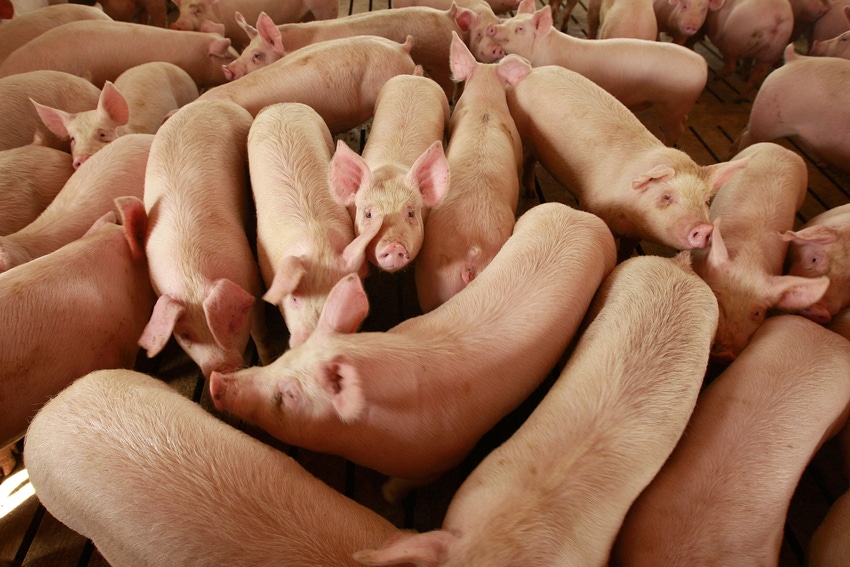Here are 3 things to consider beyond Hogs & Pigs report big numbers
As the world focuses on huge numbers expected in the upcoming USDA Hogs & Pigs report, here are three essential questions to contemplate.
June 27, 2017

Market traders are anticipating big pig numbers in the upcoming USDA Quarterly Hogs and Pigs report. Rich Nelson, chief strategist for Allendale Inc., says a new record for U.S. swine herd is coming our way in the June 29 report. “We are looking at a total of 72 million head as of June 1, and that will be a brand new record. Also, after net exports the largest supply hitting the U.S. consumers in tenfold years,” stresses Nelson in market discussion with Dave Hightower of The Hightower Report, provided by the CME Group.
I think everyone in the swine business can foresee a significant number of hogs in the pipeline. Expansion is the word every market trader speaks when discussing the current situation for the U.S. pork industry. America’s pig farmers are excellent at producing pork, and 2017 is sealing that fact in concrete.
Still, three questions remain.
While the pig population seems to be multiplying like rabbits, is aggressive expansion actually happening? Looking at the pre-report estimates, both Allendale and Livestock Marketing Information Center forecast the U.S. hog herd to increase 3%, but estimates the breeding herd to only grow by 1-1.5%. A signal of mild expansion. The outstanding pig crops – sending an estimated 2-4% more pigs to slaughter in the fourth quarter of 2017 – document the high efficiencies of the U.S. pork producers.
Will demand outpace supply? Despite an increase in pork production, hog prices are reasonable, leaving pig farmers on the positive side of the balance sheet. So far this year, the surge in U.S. pork exports, up 15% at the end of April, have resulted in a win. Dermot Hayes, Ph.D., Iowa State University economist, explains to the audience at the 2017 World Pork Expo, pork production climbed 3.4% in the second quarter of 2017 whereas pork demand reached a net increase of 4%. Since domestic demand is flat, the international marketplace is the place to be for selling extra pork. Realistically, pork demand can turn soft on a dime. So, it persists as the wild card moving forward.
U.S. is selling more pork without China? Every top pork-producing country wants a bigger piece of the Chinese market pie. Even though China imported the most pork last year, the United States so far has not sold additional pork in China for several reasons. First, the European Union and Canada are selling pork cheaper despite the weaker U.S. dollar. Also, China is now also expanding. The additional hogs are starting to drive prices downward. On the bright side, U.S. pork exports are robust. So, yes! The United States is selling more pork around the globe with little growth in the Chinese market.
Moving forward, America’s pig farmers have many reasons to be smiling. The global consumer is hungry for U.S. pork. Demand is keeping hog prices at a level for swine producers to return a profit, according to the estimated returns for swine profitability by Lee Schulz, Iowa State University. The year marks the exceptional skills of the U.S. hog farmer to produce healthy, delicious pork for the global table.
You May Also Like



